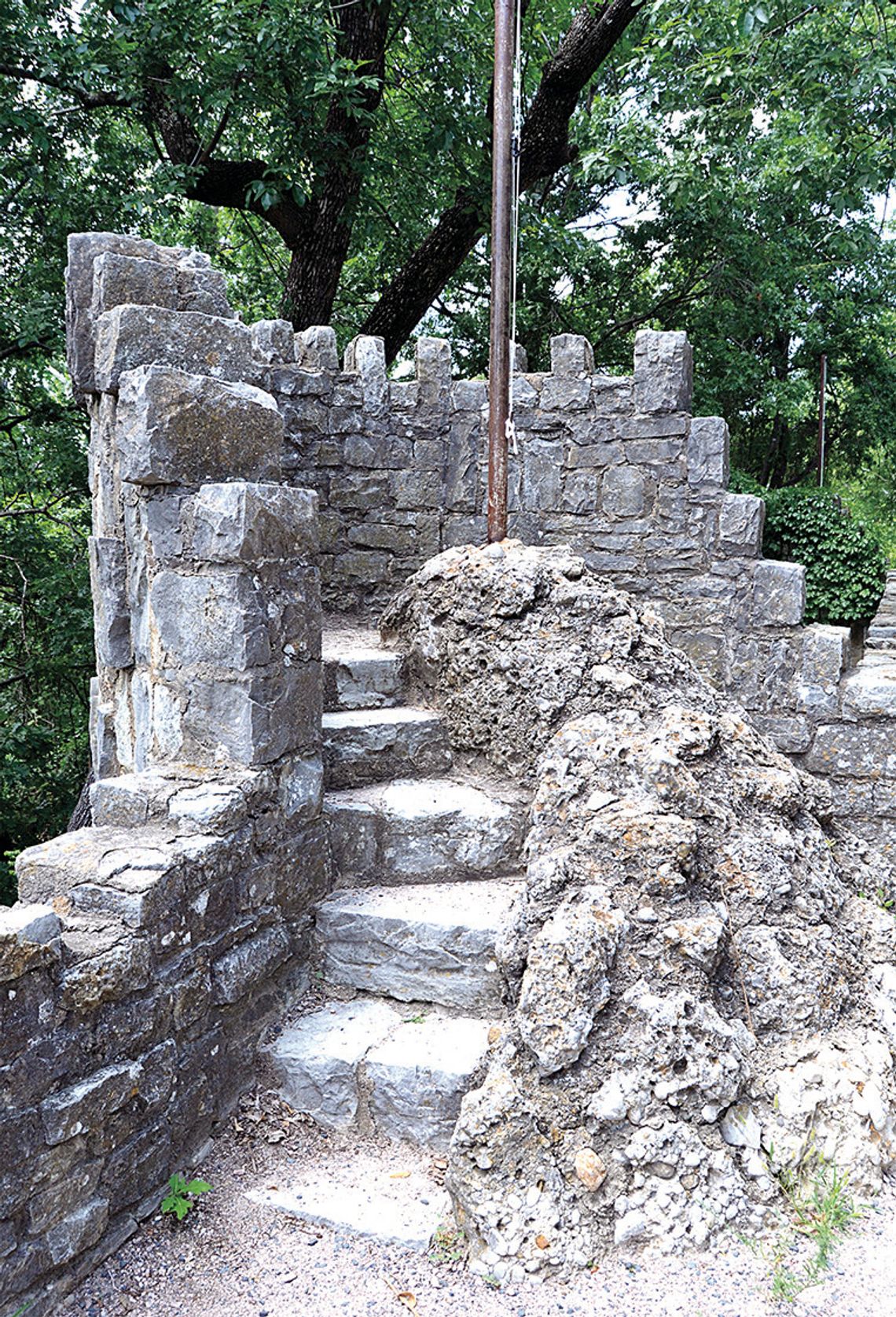CNRA Historic Icon Explained
A trail guide and map published by the Chickasaw National Recreation Area offers an introduction to the Lincoln Bridge, which is a truly historic icon in the original Platt National Park here.
The guide explains, “One of the dominant features along the (park) trail is Lincoln Bridge, built in 1909.”
PLEASE LOG IN FOR PREMIUM CONTENT. Our website requires visitors to log in to view the best local news.
Not yet a subscriber? Subscribe today!



